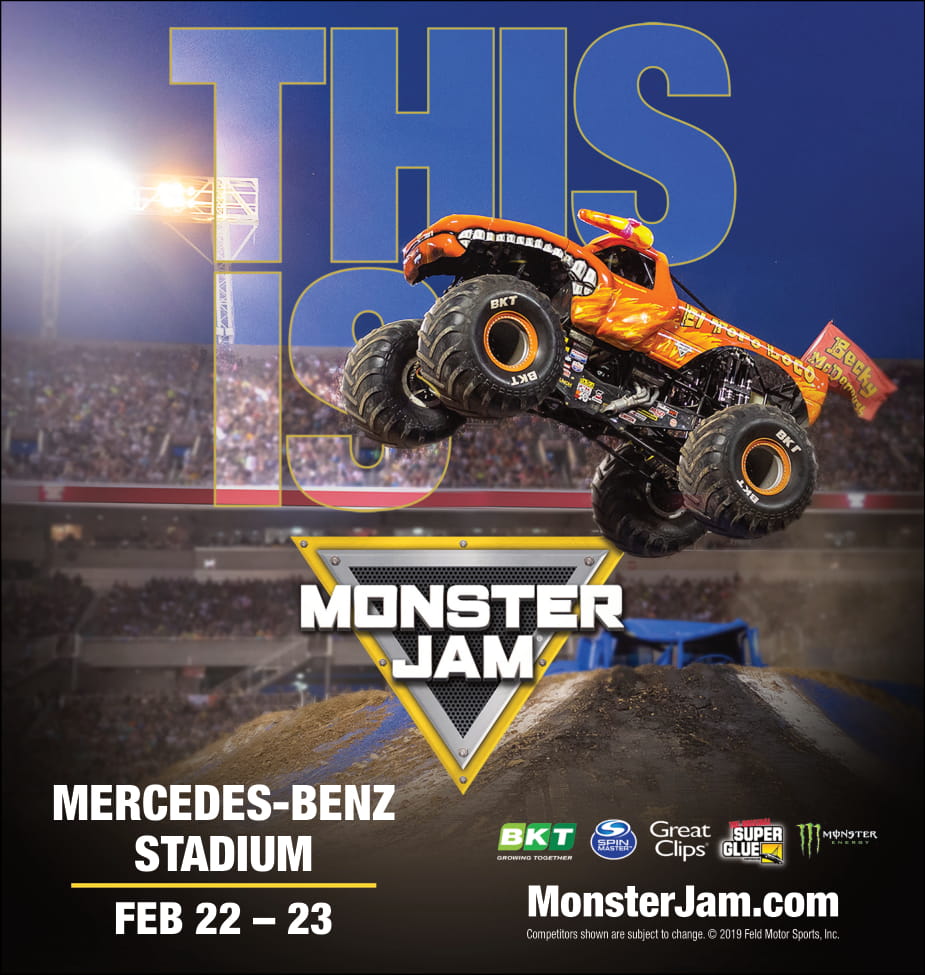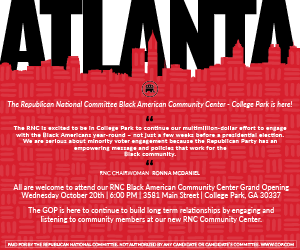on
By Tennell Lockett
Coping with the generic component of trademark law is nothing new.** Trademark law history is littered with examples of names and phrases that have lost their trademark status as generic terms. Numerous names that we use to generically identify a product today were, at one time, protectable trademarks. For example, while we think of ASPIRIN, ESCALATOR, BABY OIL, CALL FORWARDING and TRAMPOLINE as common products and services, they were, in fact, once valuable marks. These are far from isolated examples, at one time or another, each of the names below was held to be generic and not protectable as a valid mark:
- ALE HOUSE (both food and beer service facility)
- ALL NEWS CHANNEL (television broadcasts)
- AUDIO BOOK CLUB (audio book retail mail order services)
- CELLOPHANE (transparent cellulose sheets and films)
- COLA (type of soft drink)
- COMPUTER LEARNING CENTER (courses in computers)
- THE COMPUTER STORE (computer sales)
- DERBY PIE (chocolate nut pie)
- DOS (type of computer operating system)
- DRY ICE (solid carbon dioxide)
- E-TICKET (electronic airline ticketing services)
- FIRST AID (bandages and items which make up a first aid kit)
- GOLD CARD (premium level credit card services)
- HOAGIE (class of sandwich)
- HOG (large motorcycle)
- ICE PAK (ice substitute)
- JUJUBES (gum candy)
- LOG CABIN HOMES (log cabin home design)
- PILATES (method of exercise and associated equipment)
- SHREDDED WHEAT (baked wheat biscuit)
- SUPER GLUE (rapid setting cyanoacrylate adhesives)
- THERMOS (vacuum-insulated bottles)
- YELLOW PAGES (business telephone directory)
- ZIPPER (fastening product)
So, what can be done? Keep in mind that this occurrence is triggered by something that occurs in the minds of consumers, so there are no measures that guarantee this will not happen to you. There are, however, steps you can take to greatly reduce this from happening to you.
Be mindful of strange, unique names with pioneering technologies and products. When introducing a new technology or product to the market, keep in mind that consumers are experiencing it for the first time. Strange or unique names are more likely to cause brand/product confusion. For example, when transparent cellulose sheets were introduced to the market, consumers are less likely to experience brand/product confusion if the mark TANGERINE is used as opposed to the mark CELLOPHANE. There is little danger that a consumer will think the transparent sheet is a “tangerine.” To be clear, however, I am not suggesting that you refrain from using arbitrary or fanciful names for new products because there are advantages to doing so. The key is to be aware of the risks.
Be mindful of repeatedly using the same brand in latter models. If, for example, you create several models of a new transportation device, and brand each one under the brand name T-PORT, there is some chance that consumers will think that the transportation device itself is a T-PORT vehicle, as opposed to a T-PORT branded vehicle. Consumers are less likely to reach this conclusion if each model receives its own brand, e.g., the T-PORT transportation device, the A-PORT transportation device, and the V-PORT transportation device.
Be mindful of consumer use of your mark as a verb. A red flag should be raised when you hear consumers using your brand name as a verb, such as “xeroxing a copy” or “googling an address.” If consumers conceptually distill your brand to an act or action, they are likely to also link all products that perform this act with your brand name.
Create a generic name and a brand. If you introduce a new technology or product to the market, do not hesitate to also create a generic description or name for the product. For example, if you create a mechanical device for relieving skin agitation, create both a brand name (PFUTZ) and a product name (personal back scratcher). Many companies have coined or popularized product names for this very purpose. A few examples are ROLLER BLADES’ (brand name) use with “inline skates” (product name), BAND-AID’s use with “self-adhesive bandages,” JEEP’s use with “sports utility vehicle,” WITE OUT’s use with “correction fluid,” and TIVO’s use with “digital video recorder.”
Implement brand protective marketing. Be proactive about making the product/brand distinction clear in your marketing. The perfect marketing piece has three distinct elements in this respect: 1) brand name or mark; 2) product name; and 3) an identification of source. For example, “Buy the new PFUTZ brand personal back scratcher by Tennellco.”
Employ proactive prevention. There is absolutely nothing wrong with a proactive campaign designed at educating the public. This campaign can be as simple and direct as television advertisements or direct mail pieces informing the public that your brand is not a product name. A number of companies have, to varying degrees of success, expended significant resources on such campaigns. Notably, companies operating under the KLEENEX, PAMPERS, BAND-AID and XEROX marks have each undertaken such campaigns. One memorable Xerox “anti-generic” add stated, “When you use ‘Xerox’ the way you use ‘aspirin,’ we get a headache.”
A qualified trademark attorney can assist you in developing strategies to prevent your mark from becoming a generic term.
Join our email list to stay connected.
Are You Sure You Want to Start a Nonprofit?






You must be logged in to post a comment Login